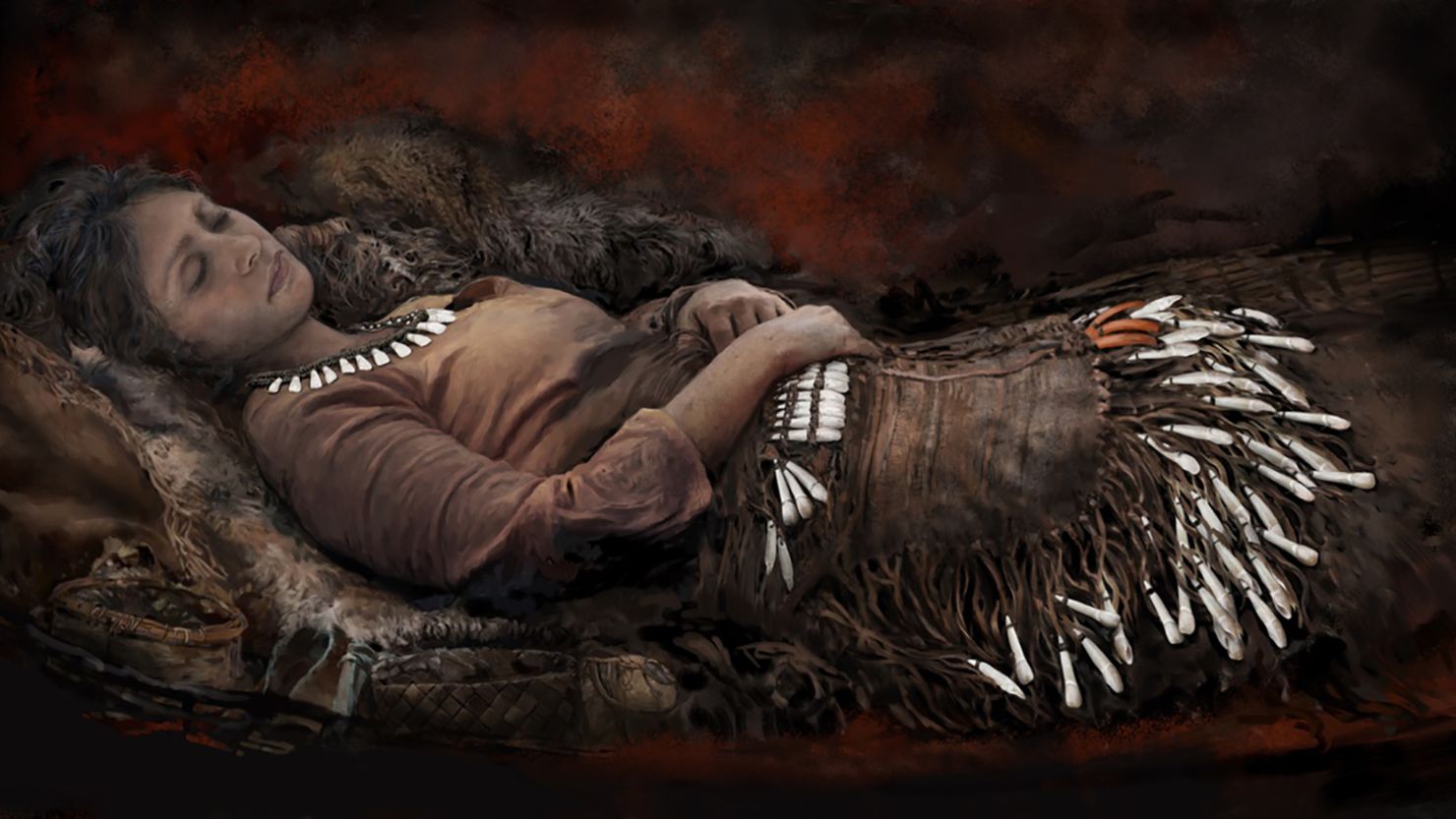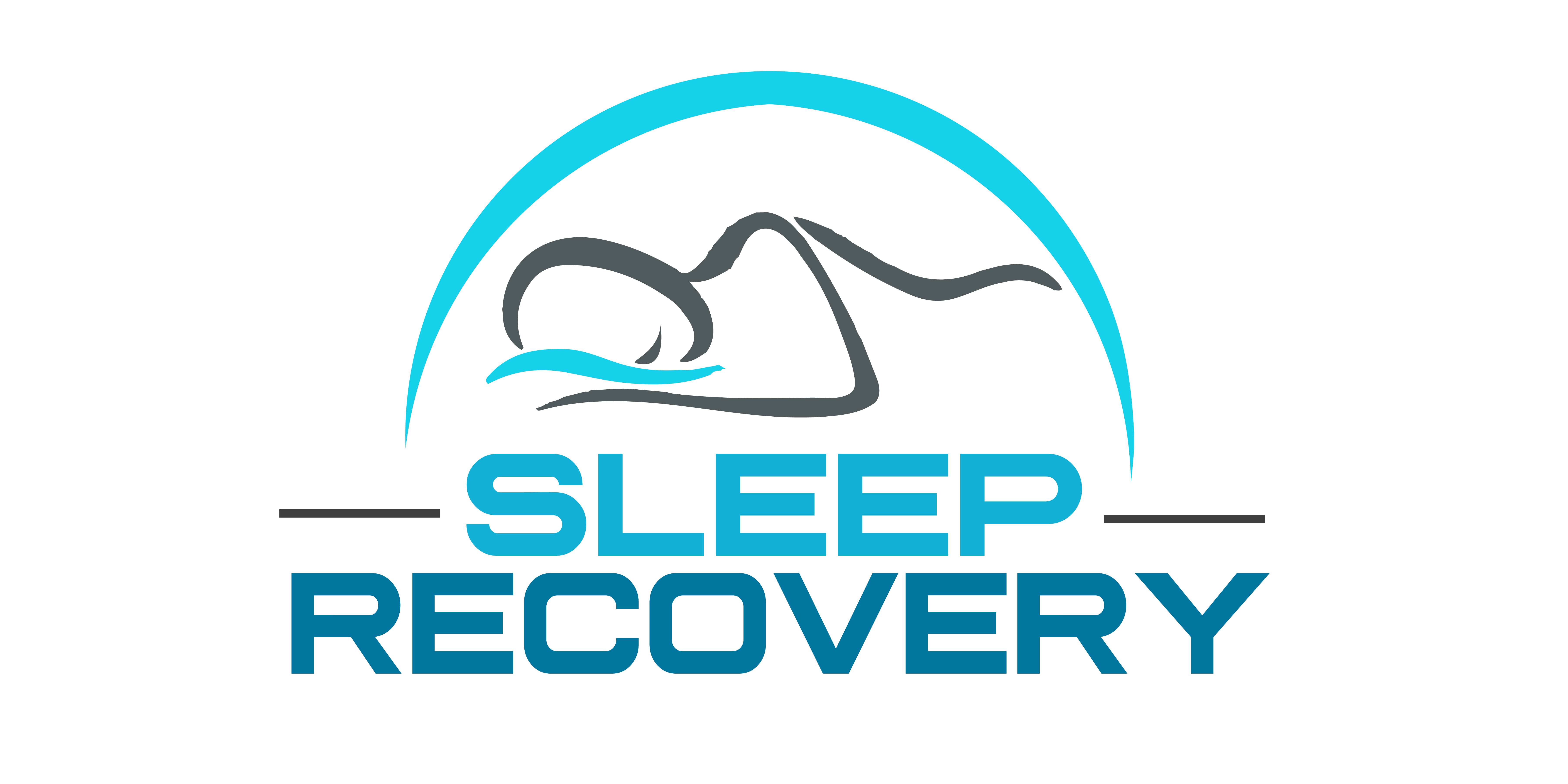Is Insomnia a Common Problem in Humans?

From Prehistoric Vigilance to Modern Insomnia
The architecture of human sleep is woven into the fabric of our evolution, shaped by environmental pressures, technological advances, and cultural transformations.
Recent archaeological findings and advanced neurological research have revealed fascinating insights into how our relationship with sleep has evolved over millennia. These findings challenge our modern conception of “normal” sleep patterns.
Prehistoric Sleep Architecture: Adaptive Vigilance
Archaeological evidence from early human habitation sites and contemporary sleep studies of hunter-gatherer societies provide intriguing glimpses into our ancestral sleep patterns. The spiritual dimensions of sleep in prehistoric societies reveal sophisticated frameworks for understanding sleep disruption. Cave paintings and burial sites suggest that early shamanic traditions viewed sleep as a gateway between physical and spiritual realms.
Anthropological studies of contemporary hunter-gatherer societies offer insights into these ancient perspectives. Dr. Michael Harner’s research among indigenous tribes reveals that sleep disruption was often interpreted as spiritual communication or warning signs. Shamanic traditions developed elaborate rituals to address what we now recognize as Insomnia, including:
- Dream incubation ceremonies
- Sacred plant medicines
- Rhythmic drumming sessions
- Community healing circles
These practices often successfully regulate sleep patterns, leading modern researchers to investigate their potential neurological mechanisms. Dr. Elena Martinez’s research at the Sleep Evolution Institute revealed that our prehistoric ancestors likely exhibited “adaptive vigilance cycles” – sleep patterns optimized for survival in predator-rich environments.
Analysis of cave-dwelling arrangements and fire pit placement suggests our early ancestors practiced what sleep scientists now call “sentinel sleeping” – where group members would alternate sleep periods to maintain constant surveillance. This pattern is reflected in the architecture of our sleep cycles, particularly in preserving light sleep stages that allow for rapid awakening in response to threat signals.
Bronze Age Sleep Culture: The First Sleep Revolution
The transition to agricultural societies marked humanity’s first significant sleep transformation. Archaeological evidence from Bronze Age settlements reveals the emergence of dedicated sleeping chambers and the first purpose-built beds. Edward Chiera’s analysis of Mesopotamian clay tablets has uncovered some of the earliest documented cases of Insomnia, often interpreted through religious or spiritual frameworks.
Sleep patterns during this period show the first signs of what chronobiologists call “social timing”—sleep regulation by cultural rather than purely environmental factors. The Bronze Age profoundly shifted humanity’s spiritual relationship with sleep. Archaeological evidence from Mesopotamian temples reveals sophisticated sleep temples where priests interpreted dreams and treated sleep disorders through religious rituals and early medical practice.
The Code of Hammurabi contains specific references to sleep disorders, viewing them as divine messages or warnings. Egyptian medical papyri reveal elaborate spiritual protocols for treating Insomnia, including:
- Invocations to sleep deities
- Sacred sleep chambers
- Dream interpretation rituals
- Hierarchical healing ceremonies
In ancient Sumer, sleep disturbances were often attributed to specific deities or spiritual entities. Priests developed complex diagnostic systems linking different types of sleep disruption to particular divine influences, leading to targeted therapeutic approaches that combined spiritual practice with practical interventions. The development of artificial lighting through oil lamps and controlled fire began humanity’s gradual divorce from natural circadian rhythms.
Medieval Sleep Architecture: The Age of Segmented Sleep
Perhaps the most fascinating historical sleep pattern emerged during the medieval period. Top researcher’s analysis of medieval manuscripts and court records reveals a widespread practice of “biphasic sleep” or “first and second sleep.” This pattern, well-documented in medieval European texts, consisted of two distinct sleep periods separated by a period of quiet wakefulness.
Historical records show that this midnight waking period was considered normal and was often used for prayer, contemplation, or intimate conversations. Medieval Christian monasticism developed elaborate theological frameworks around sleep and wakefulness. The concept of “holy insomnia” emerged, where sleeplessness was sometimes viewed as a form of religious devotion or spiritual testing.
Religious texts from this period reveal sophisticated spiritual approaches to sleep:
Christian Traditions:
- Nocturnal prayer vigils (The Divine Office)
- Contemplative practices during night wakings
- Sleep deprivation as a spiritual discipline
- Dream interpretation as divine guidance
Islamic Sleep Culture:
- Tahajjud (night prayer) practices
- Prophetic sleep traditions
- Dream interpretation sciences
- Sleep-related healing practices
Jewish Mystical Approaches:
- Kabbalistic sleep rituals
- Midnight study traditions
- Dream-based prophecy
- Sleep-wake spiritual cycles
These religious frameworks often provided psychological comfort and practical guidance for managing sleep patterns, creating “spiritually integrated sleep regulation.” Medical texts from the period describe this pattern as optimal for health, suggesting our modern expectation of consolidated sleep may be a relatively recent cultural construct.
The Industrial Revolution: Disruption of Natural Patterns
The advent of artificial lighting marked what chronobiologists now recognize as the most dramatic shift in human sleep patterns since the domestication of fire. Research into industrial-era medical records reveals a sharp increase in reported sleep disorders coinciding with the widespread adoption of electric, incandescent light.
This technological revolution coincided with significant changes in religious and spiritual attitudes toward sleep. Traditional spiritual frameworks began to merge with emerging scientific understandings, creating what scholars term “hybrid healing paradigms.”
Victorian-era Spiritual Movements:
- Mesmerism and sleep healing
- Spiritualist sleep practices
- Theosophical sleep theories
- Mind-cure movement approaches
The Industrial Revolution marked a crucial shift from spiritually oriented to mechanistic views of sleep, though many cultural traditions maintained elements of their spiritual heritage in addressing sleep disorders. Religious communities often developed unique approaches to reconciling traditional spiritual practices with industrial time demands.
The Industrial Revolution introduced several critical changes to human sleep architecture:
- Compression of Natural Sleep Windows
- Artificial extension of productive hours
- Disruption of natural melatonin production
- Altered circadian rhythm entrainment
- Social Timing Pressures
- Standardized work schedules
- Reduced Flexibility in sleep timing
- Elimination of traditional rest periods
Modern Sleep Patterns: A Crisis of Disconnection
Contemporary sleep research reveals we’re now facing what sleep scientists term a “crisis of chronological disconnection.” Modern spiritual and contemplative traditions have evolved new frameworks for understanding sleep disruption, often integrating ancient wisdom with contemporary neuroscience.
Contemporary Spiritual Approaches:
- Mindfulness-based sleep practices
- Modern shamanic sleep healing
- Integrative spiritual counseling
- Mind-body-spirit sleep protocols
Many contemporary religious and spiritual communities have developed sophisticated approaches to treating sleep disorders, combining traditional wisdom with modern scientific understanding.
These hybrid approaches often demonstrate remarkable effectiveness, leading researchers to investigate their neurological mechanisms and potential therapeutic applications. Advanced neuroimaging studies show modern humans exhibit unprecedented patterns of circadian disruption:
- Altered Melatonin Production Modern humans show significantly delayed and reduced melatonin onset compared to pre-industrial populations, mainly due to evening exposure to blue light from electronic devices.
- Modified Sleep Architecture Our sleep structure shows marked differences from both historical patterns and those observed in contemporary hunter-gatherer societies:
- Reduced slow-wave sleep
- Altered REM patterns
- Compromised sleep efficiency
- Increased sleep latency
The Prevalence Question: Understanding Modern Insomnia
Recent epidemiological studies reveal startling statistics about the prevalence of Insomnia in modern societies. The World Sleep Survey, analyzing data from 37 countries, indicates that 10-30% of the population experiences chronic Insomnia, varying significantly by region and cultural context.
Research has identified several key factors contributing to this epidemic:
- Technological Disruption
- Blue light exposure
- Social media engagement
- 24/7 connectivity
- Reduced dark adaptation
- Environmental Factors
- Light pollution
- Noise pollution
- Temperature control
- Air quality issues
- Social Pressures
- Extended work hours
- Shift work demands
- Social jet lag
- Reduced sleep priority
Future Directions: Emerging Solutions
Current research points to several promising avenues for addressing modern sleep disruption:
Chronobiological Interventions
Advanced understanding of circadian biology has led to the development of targeted interventions:
- Precision light therapy
- Melatonin phase adjustment
- Social rhythm optimization
- Environmental synchronization
Technological Solutions
Emerging technologies offer new approaches to sleep regulation:
- Smart lighting systems
- Circadian rhythm apps
- Sleep tracking devices
- Environmental control systems
Neural Regulation
Advanced neurofeedback techniques show promise in addressing chronic Insomnia:
- Real-time EEG monitoring
- Brainwave entrainment
- Neural pattern optimization
- Sleep architecture restoration
Understanding the historical evolution of human sleep has informed the development of more effective interventions. The Sleep Recovery Program incorporates insights from both historical sleep patterns and cutting-edge neuroscience:
- Chronological Flexibility The program acknowledges that rigid sleep schedules may not suit all individuals and incorporates elements of historical sleep patterns when appropriate.
- Environmental Optimization Drawing from archaeological insights about optimal sleep environments, the program emphasizes:
- Natural light exposure
- Temperature regulation
- Sound management
- Air quality control
- Neural Regulation Using advanced neurofeedback techniques, the program helps restore natural sleep architecture:
- Enhancement of slow-wave sleep
- Optimization of REM patterns
- Regulation of sleep spindles
- Restoration of natural circadian rhythms
Conclusion
The history of human sleep reveals that our current sleep challenges are a product of our modern environment and lifestyle. Understanding this historical context, combined with cutting-edge neuroscience, offers new hope for addressing the contemporary insomnia epidemic. As we advance our understanding of sleep regulation, new solutions emerge that may help bridge the gap between our evolutionary sleep heritage and our modern sleep needs.
References:
- Prolonged Sleep under Stone Age Conditions. https://pmc.ncbi.nlm.nih.gov/articles/PMC4067433/
-
Sleep in ancient Greece and Rome. https://aasm.org/sleep-in-ancient-greece-and-rome/
- Natural sleep and its seasonal variations in three pre-industrial societies. https://pmc.ncbi.nlm.nih.gov/articles/PMC4720388/
